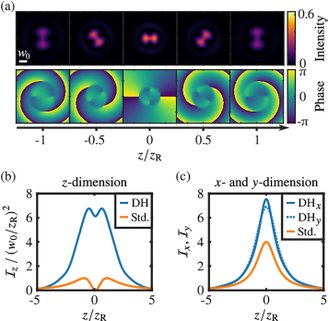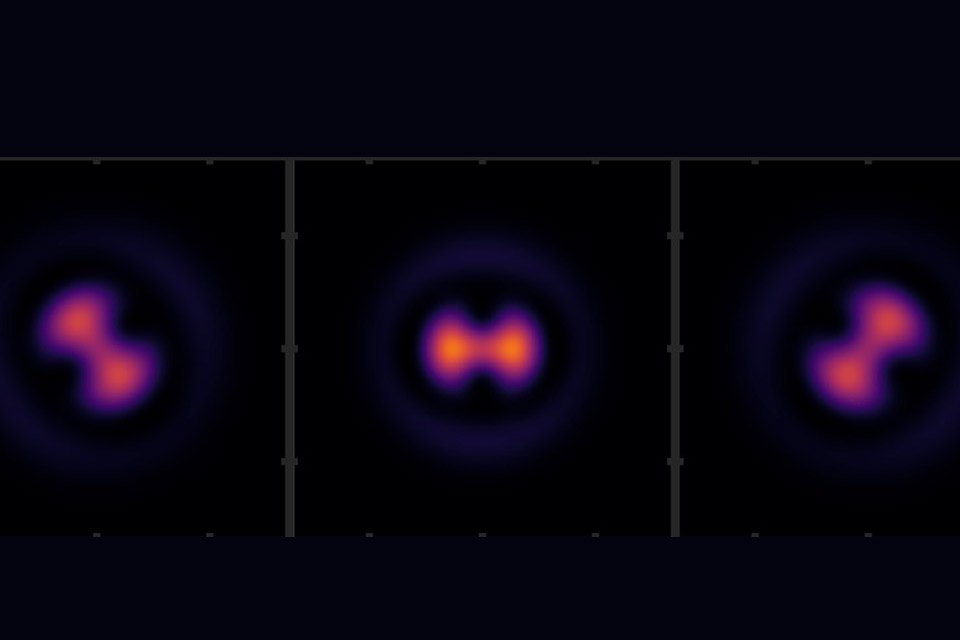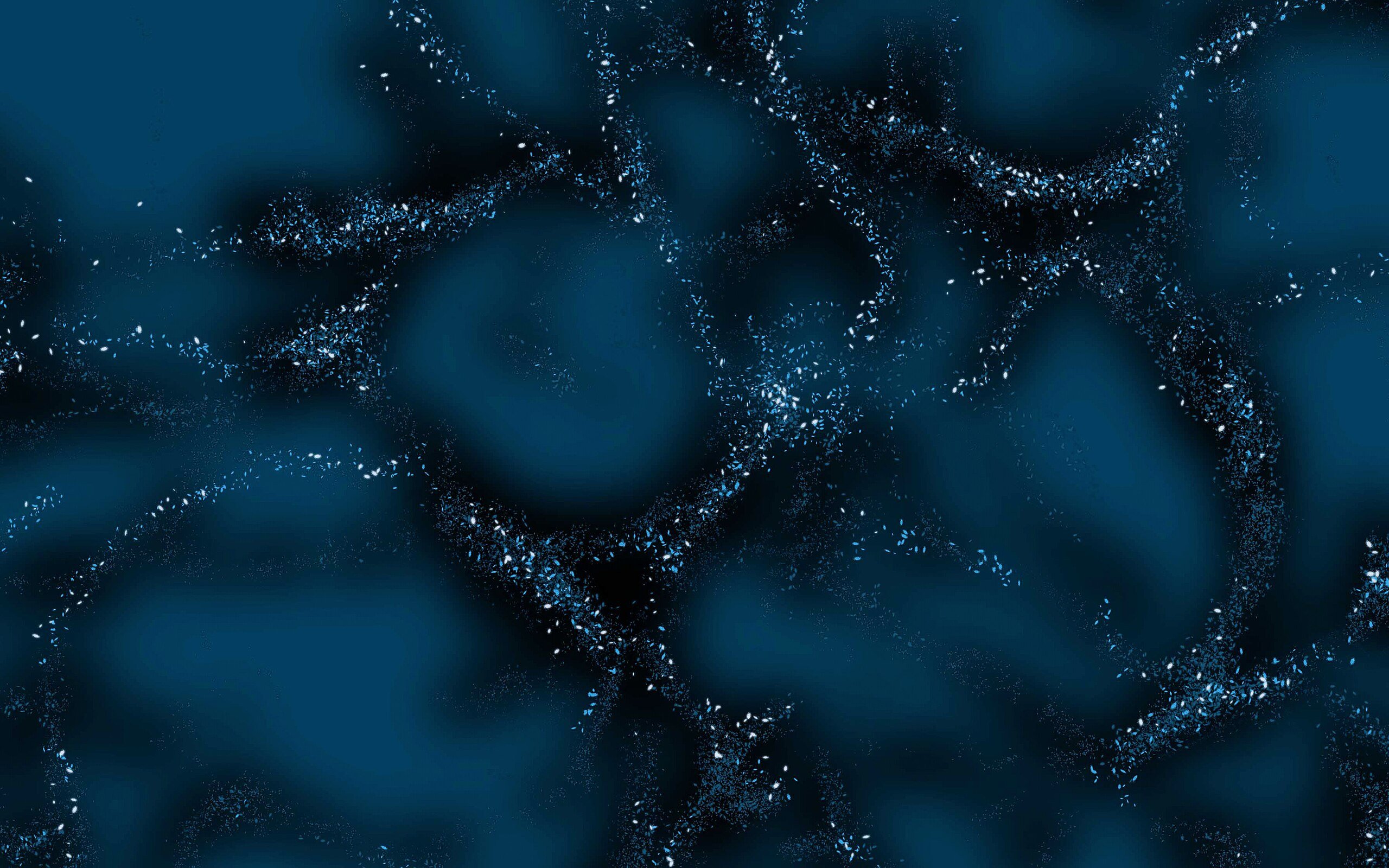Scientists at the University of Bonn in Germany and the University of Bristol in the UK have, for the first time, managed to measure the three-dimensional position of individual atoms and synthesize them into a single image. The new method, described in a paper recently published in Physical Review A. launched a new methodology for observing quantum interactions in materials.
According to the authors, their technique uses a quantum gas microscope system combined with a spatial light modulator to cluster the point emission of the high-resolution imaging system.
With this it was possible to extend the existing method in which the x and y coordinates represent the position of the electron in the two-dimensional plane, also adding the z dimension, which represents the vertical position of the atom, that is, the distance between the fundamental unit of matter and the objective of the microscope.
Turning fuzzy atom pieces into dumbbells
To eliminate the blurry image effect of traditional telescopes, the team cooled the atoms until they were frozen. They then trapped them in a constant wave of light and slid them into the depressions “like eggs in a box,” one description says. To reveal their location, the trapped atoms are then exposed to a laser beam that encourages them to emit light. As a result, fluorescence appears as a blurry, round spot.
The new method then distorts “the wavefront of the light emitted by the atom,” explains co-author Andrea Alberti, a quantum physicist at the German university. “The distorted wavefront creates a rotating dumbbell shape in the camera. The direction this dumbbell points depends on the distance the light has to travel from the atom to the camera”, that is, the z position.
What is the benefit of measuring atoms in 3D?

Being able to determine the precise position of an atom in 3D from a single image could be extremely useful in quantum mechanics experiments with atoms where tracking their positions is important. This precision is necessary so that these particles can interact in the way scientists want.
The team is betting on further improvements to the developed technique so that it can be adapted to work in other formats in addition to quantum gas microscopy in the future. Thus, new possibilities open up with the new approach, such as custom-made quantum materials and unprecedented insights into the Universe at the smallest scales.
Being able to investigate what quantum mechanical effects occur when atoms are arranged in a particular order “will allow us to simulate the properties of three-dimensional materials to some degree without having to synthesize them,” says co-author Carrie Weidner, a quantum physicist. in Bristol.
Stay up to date with the latest quantum discoveries at TecMundo. Take the opportunity, if you will, to find out what this is, what the eureka moment of ‘quantum superchemistry’ is.
Source: Tec Mundo
I’m Blaine Morgan, an experienced journalist and writer with over 8 years of experience in the tech industry. My expertise lies in writing about technology news and trends, covering everything from cutting-edge gadgets to emerging software developments. I’ve written for several leading publications including Gadget Onus where I am an author.












